One of the most special moments of spring is watching the beautiful Monarch Butterflies return to southern Canada.
This year, we also have positive news to share about the eastern Monarch population!
Eastern Monarch Butteflies leave their winter refuge (the Oyamel Fir forests of central Mexico) around the end of March. Following blooming milkweed plants, these incredible travellers breed and lay eggs as they migrate north. The butterflies who overwintered in Mexico produce their first generation of offspring in the southern U.S. Then the new generation continues to journey up through eastern breeding grounds during the months of April and May.
Monarchs rely on nectar-rich flowers to fuel their journey, and they should start arriving in Canada the week of early June, 2025! The butterflies are a bit later this year, as they’re often seen in southern Ontario closer to the beginning of May.
Current reports show that adult Monarchs have been sighted in Flat Rock, Michigan – just across the Detroit River from Amherstburg, Ontario.
We can roughly expect to see Monarch Butterflies arriving south of the Greater Toronto Area in the next few weeks. From there we’ll see them arrive north of GTA, as well as in Manitoba, Quebec, and then the Maritimes. Depending on weather conditions and the abundance of blooms, Atlantic Canadians should see Monarchs arrive in the first weeks of June.
Good News!
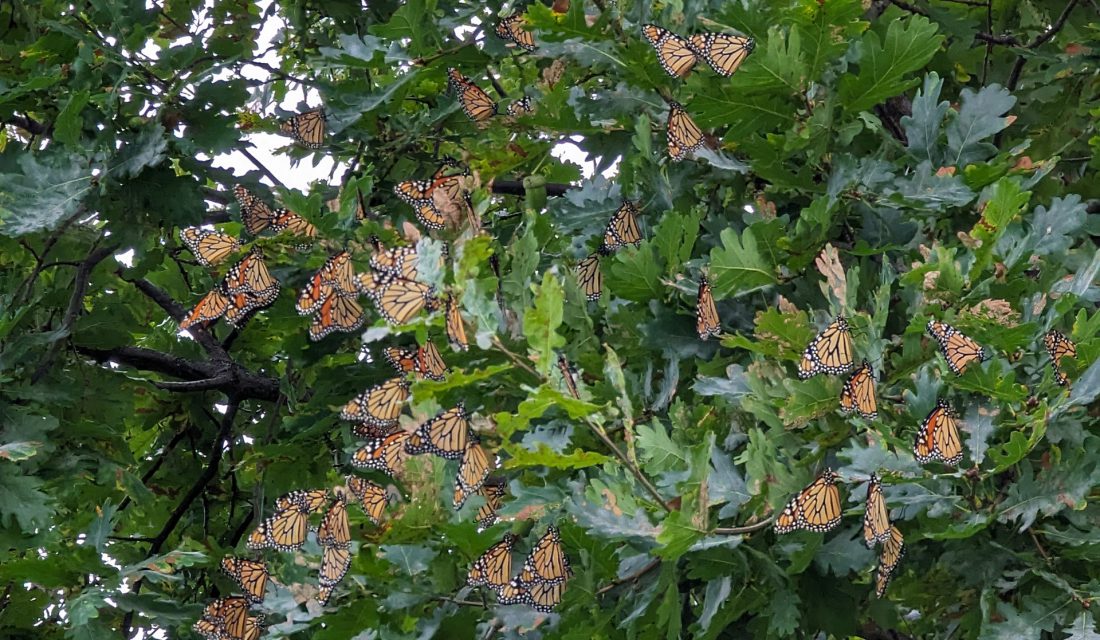
The Monarch winter 2024-2025 population numbers were released in March. The butterflies appeared to occupy 1.79 hectares of forest compared to 0.9 hectares last year, which is a hopeful sign for an Endangered Species. We were thankful for this positive news. At the same time, we need to remember that the Monarch Butterfly population is still below the average of the last decade, and that the population remains low and vulnerable.
Collaboration between Canada, the US and Mexico is vital as we develop an action plan for their recovery.
Canada contributes 17% of the overwintering population, so we have a role to play in its recovery. Everyone can help.” ~Carolyn Callaghan, CWF Senior Conservation Biologist, Terrestrial Wildlife.
Through scientific research, education and on-the-ground conservation work, the Canadian Wildlife Federation is carrying out major initiatives for the Monarch Butterfly.
How We’re Helping the Monarch Butterfly
Creating Pathways
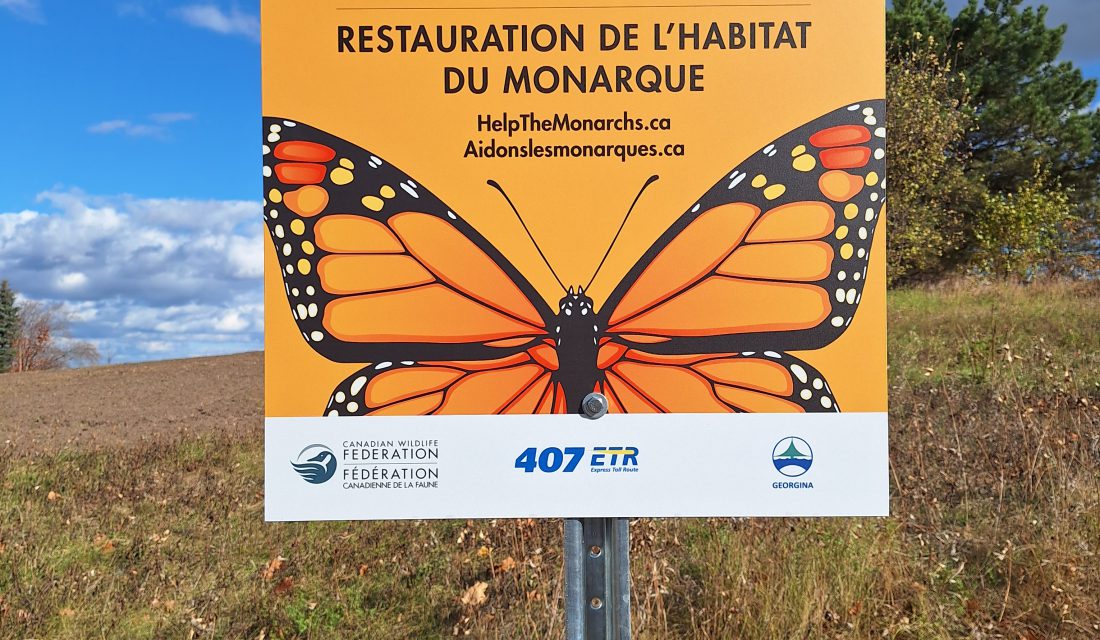
The Rights-of-Way team continues to facilitate the creation of native meadow habitat for Monarch Butterflies by supporting and empowering land managers in Ontario and Quebec as crucial partners in the conservation effort. In the GTHA, CWF is working with 12 partnering organizations to restore Monarch and pollinator habitat across 17 projects! Learn more about the 1,795 hectares of high-quality pollinator habitat CWF and its partners have restored in Ontario.
The Kaleidoscope Project
The Kaleidoscopes are members of the iNaturalist community that help track Monarch Butterflies by making observations and uploading them to the Monarch Migration in Ontario Group on iNaturalist Canada. With your help, you can contribute to biodiversity science in your community. Join today for free and share your findings on Monarch Butterflies!

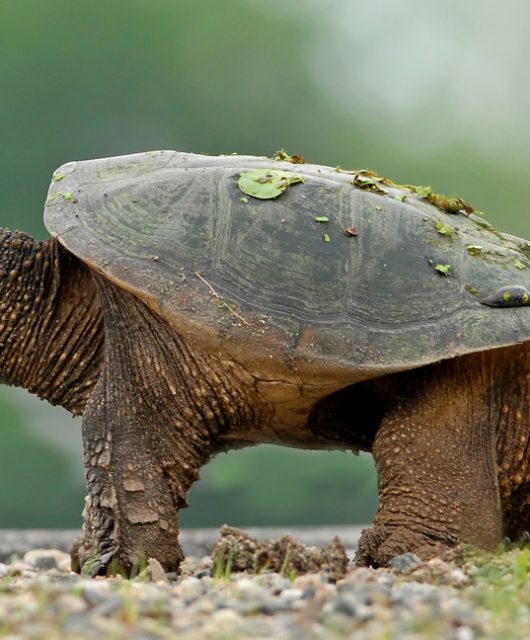
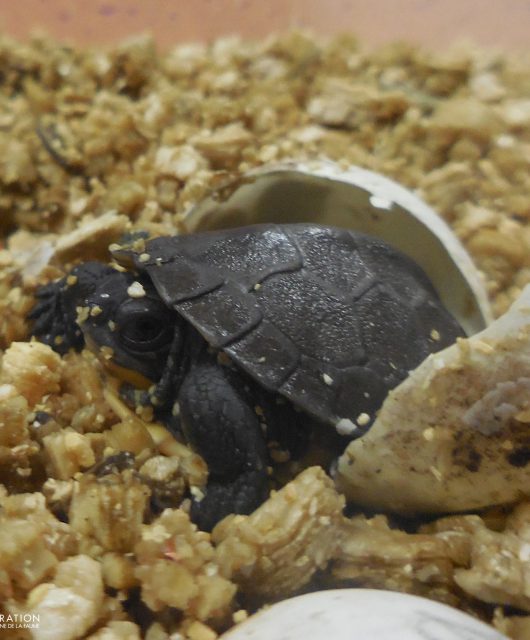
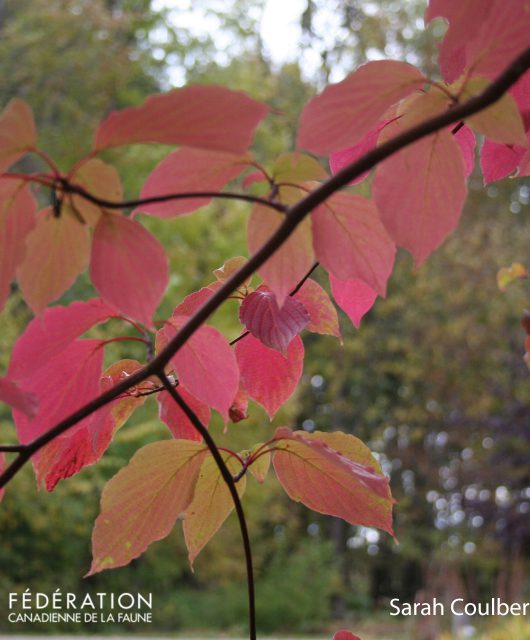
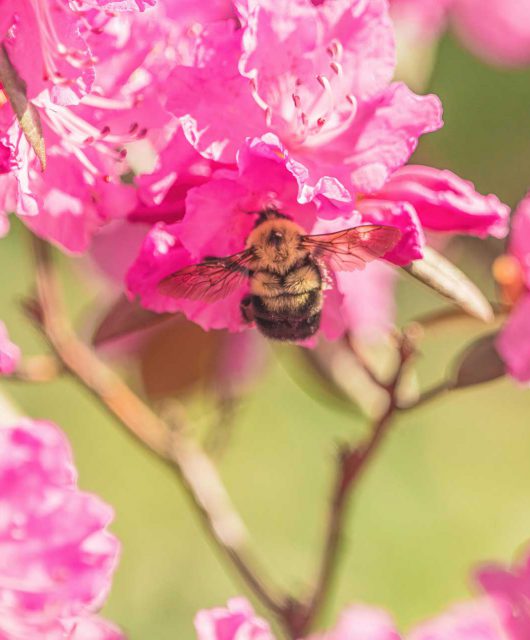
4 comments
I have recently added another garden to my city backyard. Included are Bee Balm, Catmint, Pyromania “hot and cold”, Crocosmia “Emberglow”, Coneflower, Foxglove, Serviceberry bush….
What can I add to my garden, other than Milkweed? (as the obvious). I still have some room for plants 6+ hours of sun….to help with Monarchs and other Butterflies.
Hi Richard, as you mentioned, milkweed is important. It is their only larval food plant so is a must in supporting these Canadian icons. Once they are adults, Monarch Butterflies feed on a wide variety of flowers, including milkweed blossoms. Asters are great especially if you get ones that are native to your area. I often see them on our New England Asters which has a wide range in Canada and attractive deep purple flowers. Goldenrods are also very helpful, especially as they are important fuel sources for the long migration south. Canada Goldenrod can spread more easily than others, so if you grow that, you will need to tame it back each year unless you have acres to play with. But there are some goldenrods that do not spread quickly and are very attractive and can suit even small urban gardens, like Showy Goldenrod. Native liatris species are also pretty and a regular food choice of Monarchs. They also like our Joe Pye-weeds, native perennial sunflowers (and annual sunflowers) and Wild Bergamot (the purple-flowering cousin to the Bee Balm you mentioned) which is also a magnet for a myriad of pollinators including Hummingbird Clearwing Moths! Of course, all these plants support a wide variety of pollinators (and birds when they go to seed). I hope this helps!
I have grown “Butterfly plant ” for several years. it was not called milkweed but some years ago Canadian Wildlife and Kent stores promoted it .It attracts lot of butterflies ,mostly Fritillaries.
This year for the first time we have 8 monarch caterpillars on that plant . We are now on the Monarch Trip Advisor site ha ha. We live in northern Nova Scotia Cumberland County. Do we need to try and protect them from birds? The blossoms are now dried out but we have lots of other flowers if the monarchs emerge.
No, you do not need to protect your monarch caterpillars; they are part of the food chain.
Its great that you are such a keen observer! Have you noted your monarch caterpillars on iNaturalist.ca?